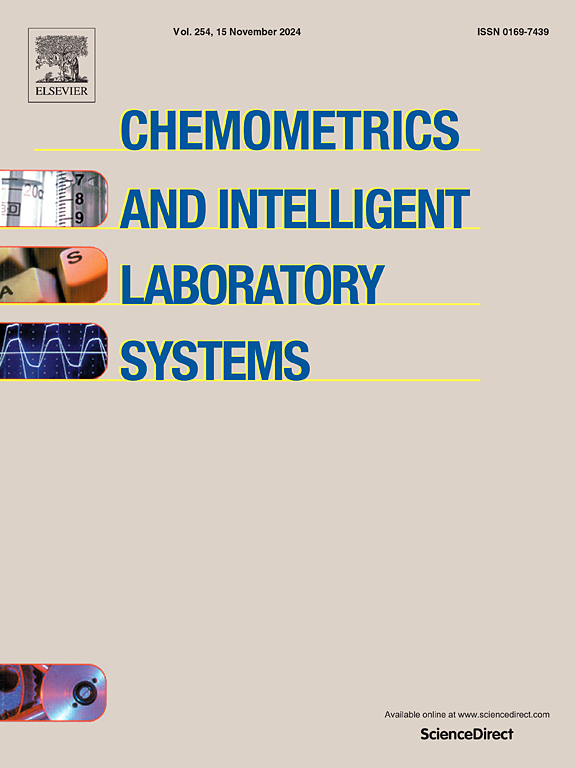Research on robust optimization of cement calcination process based on RMODE algorithm
IF 3.7
2区 化学
Q2 AUTOMATION & CONTROL SYSTEMS
Chemometrics and Intelligent Laboratory Systems
Pub Date : 2025-03-24
DOI:10.1016/j.chemolab.2025.105388
引用次数: 0
Abstract
In the process of cement clinker calcination, the working conditions fluctuate dynamically, and multiple operational indices are interdependent. The inability to monitor key indicators, such as clinker quality and energy consumption, in real time, along with the absence of coordination mechanisms among various operational indicators, results in issues such as product instability, low energy efficiency, and insufficient robustness of the production system. To tackle these challenges under dynamic conditions, this paper proposes a robust optimization method for the cement calcination process (CCP). First, a prediction model for coal consumption and free calcium oxide (f-CaO) content is developed using a Time Series-Based Convolutional Neural Network (TS-CNN), incorporating the multi-time-scale characteristics and significant delays inherent in cement calcination data. Second, a multi-objective optimization model for the CCP is formulated by examining the relationships between process parameters and production indices. Subsequently, the mean effective function of the prediction model is defined as the fitness function, and a robust multi-objective difference algorithm (RMODE) is developed to solve the optimization model, yielding a robust optimal solution with high resistance to disturbances. Finally, comparative experiments are performed using real-world CCP data. The experimental results indicate that, compared to the baseline algorithm, the proposed method enhances system robustness while maintaining product quality and reducing coal consumption.
求助全文
约1分钟内获得全文
求助全文
来源期刊
CiteScore
7.50
自引率
7.70%
发文量
169
审稿时长
3.4 months
期刊介绍:
Chemometrics and Intelligent Laboratory Systems publishes original research papers, short communications, reviews, tutorials and Original Software Publications reporting on development of novel statistical, mathematical, or computer techniques in Chemistry and related disciplines.
Chemometrics is the chemical discipline that uses mathematical and statistical methods to design or select optimal procedures and experiments, and to provide maximum chemical information by analysing chemical data.
The journal deals with the following topics:
1) Development of new statistical, mathematical and chemometrical methods for Chemistry and related fields (Environmental Chemistry, Biochemistry, Toxicology, System Biology, -Omics, etc.)
2) Novel applications of chemometrics to all branches of Chemistry and related fields (typical domains of interest are: process data analysis, experimental design, data mining, signal processing, supervised modelling, decision making, robust statistics, mixture analysis, multivariate calibration etc.) Routine applications of established chemometrical techniques will not be considered.
3) Development of new software that provides novel tools or truly advances the use of chemometrical methods.
4) Well characterized data sets to test performance for the new methods and software.
The journal complies with International Committee of Medical Journal Editors'' Uniform requirements for manuscripts.

 求助内容:
求助内容: 应助结果提醒方式:
应助结果提醒方式:


